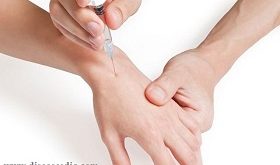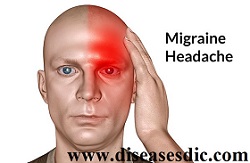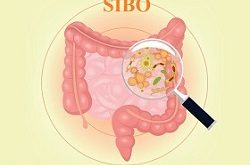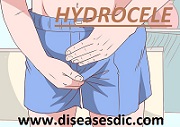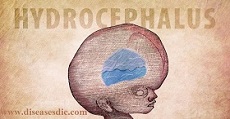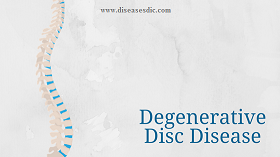Definition Aspergillosis is an infection caused by a type of mold. The illnesses resulting from aspergillosis infection usually affect the respiratory system, but their signs and severity vary greatly. The mold that triggers the illnesses, Aspergillus, is everywhere, indoors and outdoors. Most strains of this mold are harmless, but a …
Read More »Ganglion Cyst – Types, Causes, Diagnosis, and Treatment.
Definition A ganglion cyst is a soft-to-firm, round growth located on the wrist joint. Usually about 1-3 cm in diameter, it is nonmobile. It can be found most commonly on the dorsal aspect of the wrist but can occur on the volar side as well. This benign growth is tethered …
Read More »Psoriasis – Causes, Risk Factors, Treatment, and Prevention.
Definition Psoriasis is a noncontagious, chronic skin condition that produces plaques of thickened, scaling skin. The dry flakes of skin scales result from the excessively rapid proliferation of skin cells. It typically affects the outside of the elbows, knees or scalp, though it can appear in any location. Some people …
Read More »Migraine – Causes, Pathophysiology, and Treatment.
Description A migraine is a neurological condition that causes a severe or a moderate headache on one side of the head with throbbing pain. This headache may radiate towards the forehead or temple, eyes and makes a person to develop nausea, vomiting, vision problems, and sensitivity to normal light or …
Read More »Small Intestinal Bacterial Overgrowth (SIBO) – Causes and Prevention.
Definition Small intestinal bacterial overgrowth (SIBO) is defined as the presence of excessive bacteria in the small intestine. SIBO is frequently implicated as the cause of chronic diarrhea and malabsorption. Patients with SIBO may also suffer from unintentional weight loss, nutritional deficiencies, and osteoporosis. A common misconception is that SIBO …
Read More »Hydrocele – Definition, Causes, Diagnosis, and Treatments.
Definition A hydrocele is a sac filled with fluid that forms around a testicle. This occurs when the fluid collects in the thin sheath surrounding a testicle. Hydroceles are most common in babies and usually disappears without treatment by age 1. Older boys and adult men can develop a hydrocele …
Read More »Hydrocephalus- Definition, Pathophysiology, and Treatment.
Definition Hydrocephalus is a usually congenital condition in which an abnormal accumulation of cerebrospinal fluid in the cerebral ventricles causes enlargement of the skull and compression of an injury to brain tissue. If it becomes progressive, a shunt is surgically placed to reduce pressure by conducting fluid away from the …
Read More »Degenerative Disc Disease – Definition, Types, and Prevention.
Definition Degenerative disc disease is not actually a disease but a term used to describe the normal changes in your spinal discs as you age. Spinal discs are soft, compressible discs that separate the interlocking bones also known as vertebrae that make up the spine. The discs act as shock …
Read More » Diseases Treatments Dictionary This is complete solution to read all diseases treatments Which covers Prevention, Causes, Symptoms, Medical Terms, Drugs, Prescription, Natural Remedies with cures and Treatments. Most of the common diseases were listed in names, split with categories.
Diseases Treatments Dictionary This is complete solution to read all diseases treatments Which covers Prevention, Causes, Symptoms, Medical Terms, Drugs, Prescription, Natural Remedies with cures and Treatments. Most of the common diseases were listed in names, split with categories.

